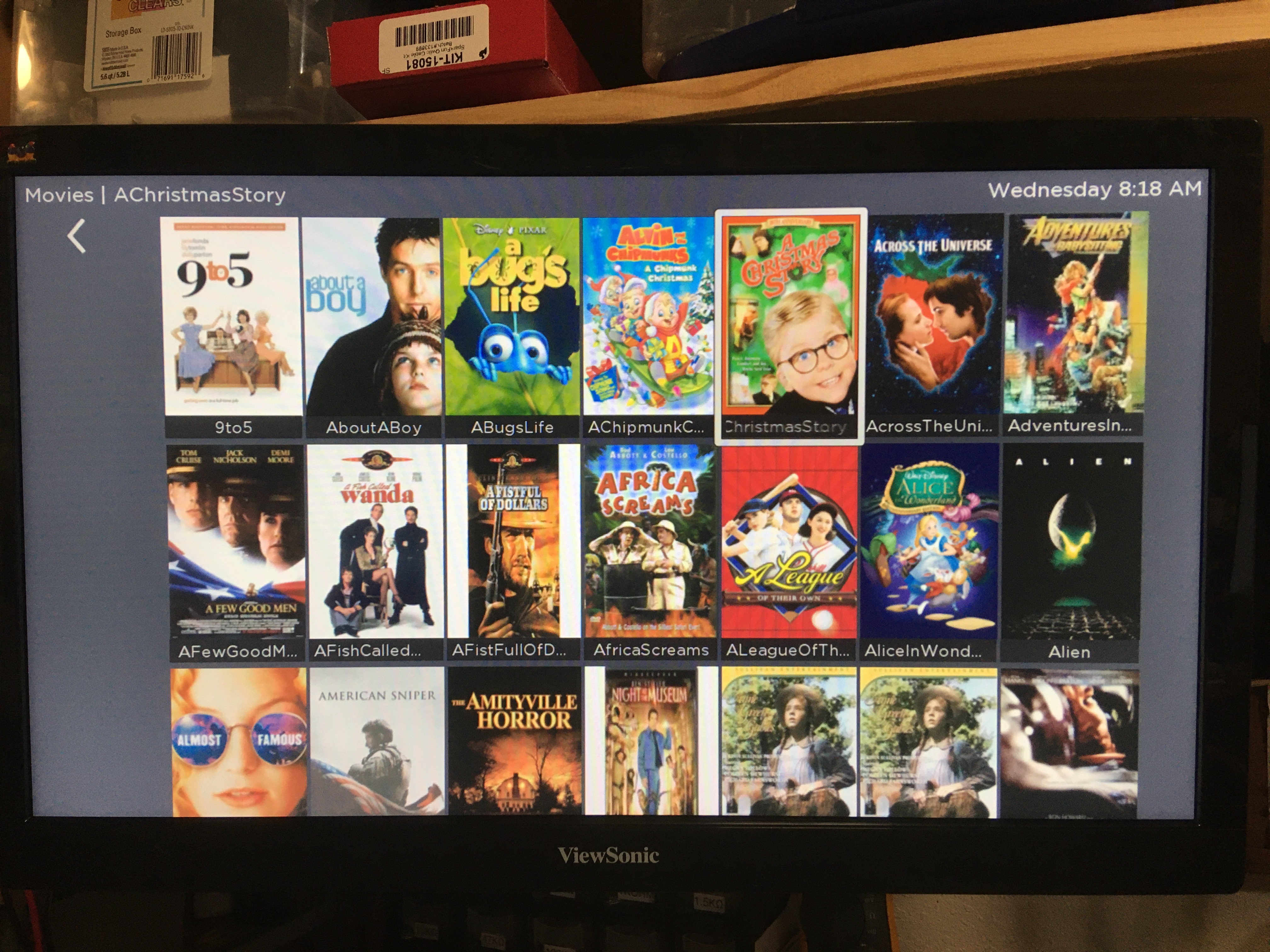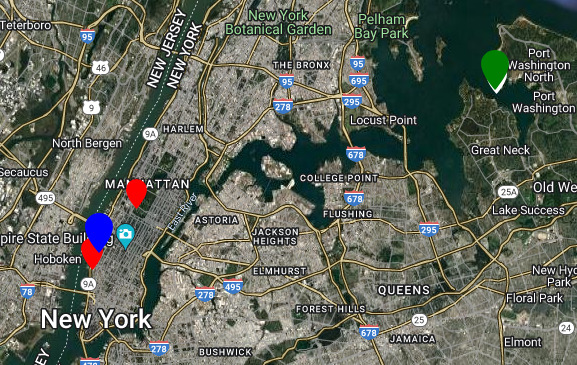
Rewriting HMS With SceneGraph
Back in 2017 I mentioned that the API I have been using for my Roku Home Media Server project was going to be replaced by SceneGraph and that I would need to rewrite things. That day finally arrived when my newer Roku players updated themselves to v11.5.0 and HMS quit loading.
SceneGraph has lots of documentation, and lots of examples . Most of them are either too simplistic to be useful, or too complex to untangle for someone new to the framework, but experienced with the previous API. So it took me a bit to get things working without crashing at unexpected moments but I finally managed it. My solutions probably aren’t what a more experiences SceneGraph developer would choose, but they work well enough to put out a v4.0 release so I can get back to watching Magnum P.I.
